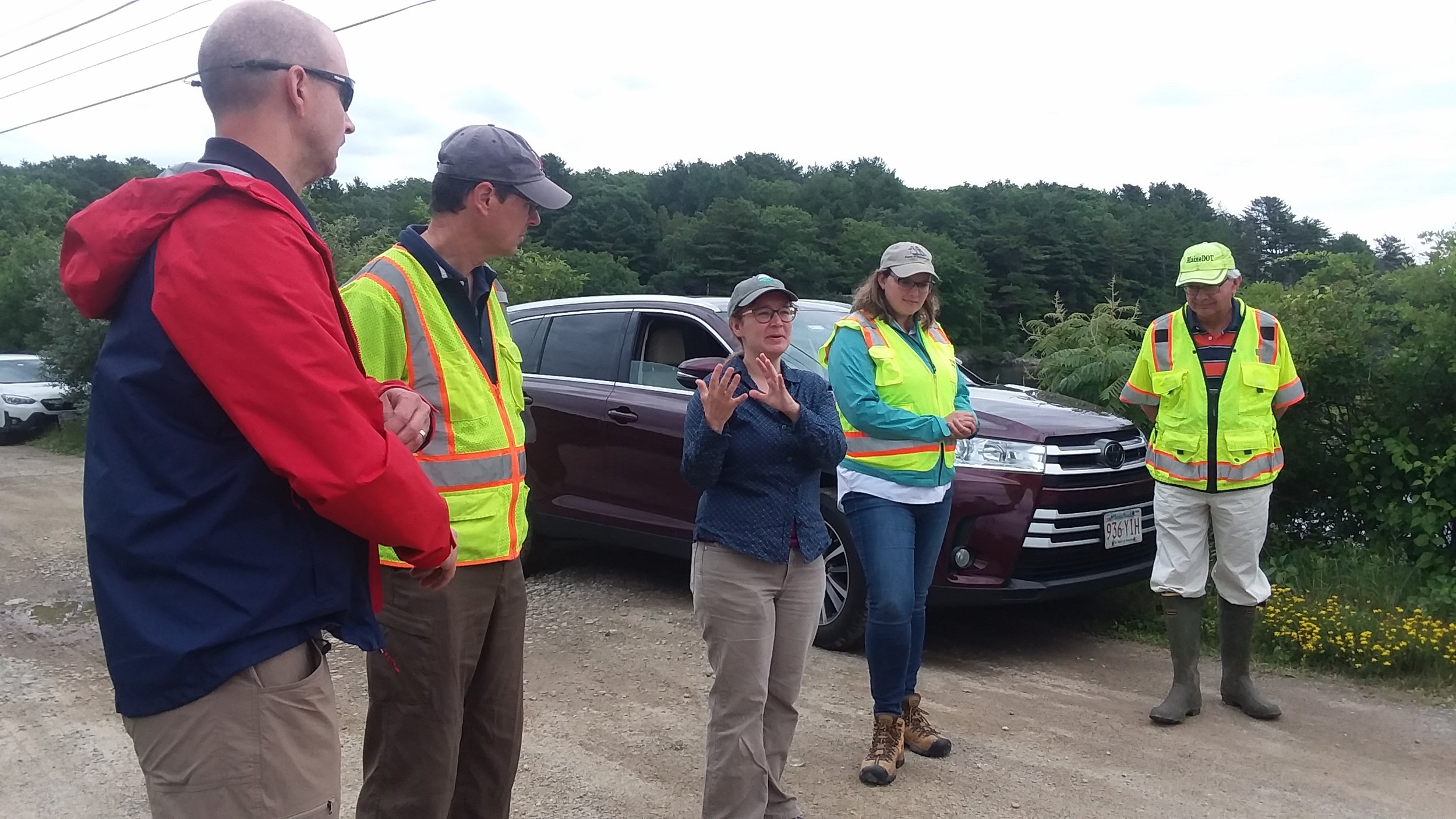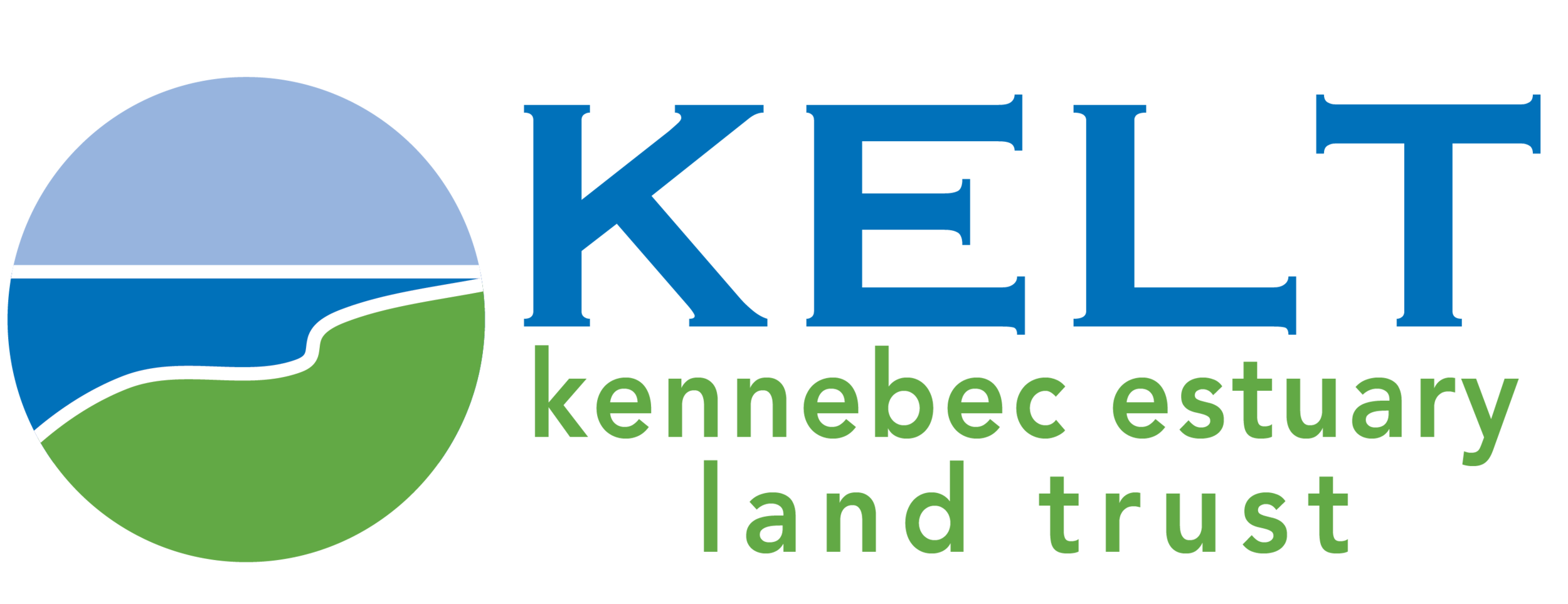From the Legislature: Salt Marshes Crucial to Addressing Climate Change
By Rep. Allison Hepler of Woolwich
* This piece originally appeared in the October 26th edition of the Lincoln County News. It is published here with permission from the author.
We are lucky in Midcoast Maine to enjoy the beauty and utility of the coastal salt marshes. Now more than ever, they serve a vital purpose for our future. With climate change on our doorstep, salt marshes mitigate coastal flooding and absorb and hold carbon in the soil and sediment rather than releasing it in the form of CO2 into the atmosphere.
Over the years, Maine has dammed and drained salt marshes. Roads, dikes and seawalls are the most common ways this has happened, to the detriment of fish and bird habitats. According to the Island Institute, there are over 800 tidal road crossings in Maine, 90% of which restrict the natural flow of salt marshes. Sherman Lake in Newcastle was one example, and the Back River in Woolwich is another. In addition to diminishing animal habitat, these former marsh areas have also created a new habitat where invasive species like loosestrife and phragmites have proliferated. Fortunately, efforts by local communities, environmental and nature organizations, and state and federal agencies are making a difference.
In Newcastle, an accident of nature turned Sherman Lake into its former marsh when a 2005 storm blew out a 71-year-old dam under Route 1. The dam pre-dated Route 1 but its purpose was as a local road. When the highway was moved atop the dam, the dam stayed in place, maintaining Sherman Lake, although it was not needed to support the highway. After the dam was breached, the lake became part of the tidal flow of the Marsh River, changing the ecosystem of the former lake.
Maine Department of Transportation decided not to restore the dam, saying that the environmental knowledge around the value of salt marshes had changed its priorities, and that the area would simply become the salt marsh it had been, with virtually no constrictions due to the highway.
About 10 miles south on Route 1 in Woolwich, the Back River Marsh is undergoing changes, although local, state and federal entities are not counting on a storm surge to have the same effect as in Newcastle. Here, the barrier is a concrete box culvert, which seriously constricts the flow under George Wright Road. This time, MDOT is proactively thinking about sea-level rise by raising the level of Route 1, considerably increasing the flow into the marsh, and town officials will likely be removing the box culvert and making George Wright Road a dead end. As a legislator and local selectperson, I’ve enjoyed being involved in this project.



In support of this effort, Kennebec Estuary Land Trust has assembled a remarkable coalition of interests in its oversight of this project, enlisting the help of hydrologists, biologists, a variety of environmental non-profit organizations, as well as state and federal agencies.
The project is not without its challenges. Moving major electric lines overhead and a major water line below ground, while improving this flood-prone area by restoring the Back River Marsh, will create a more diverse flora and fauna habitat, as well as build an infrastructure to support climate resilience.
Maine’s Climate Council has also viewed salt marshes as critical to our state’s climate goals. Council members have said salt marshes are more effective than forests for storing carbon, and a key weapon in protecting coastal communities from erosion and flooding. Specifically, Maine’s climate plan establishes a method of identifying the “coastal blue carbon” that is sequestered in these marshes and steps to restore degraded salt marshes.
Toward that end, the Maine Department of Environmental Protection will be embarking on a state-wide mapping of eelgrass beds and salt marsh vegetation next year. The Maine Legislature passed LD 593, sponsored by Rep. Jay McCreight (D-Harpswell), which will ensure that mapping occurs every five years. The section of coastline from Phippsburg to St. George must be completed by 2023, with other sections of the coast to follow in subsequent years on the same 5 year schedule.
There is much more to be done. But Maine’s coastline has provided an abundance of natural resources and natural protections for millennia. In the face of the climate risks we face today, it is exciting to see how our beautiful and productive salt marshes can still be used to mitigate the effects of human development and overdevelopment.
(Rep. Allison Hepler, D-Woolwich, represents Arrowsic, Dresden, Georgetown, Phippsburg, part of Richmond, and Woolwich. She sits on the Inland Fisheries and Wildlife Committee and the Marine Resources Committee.)
